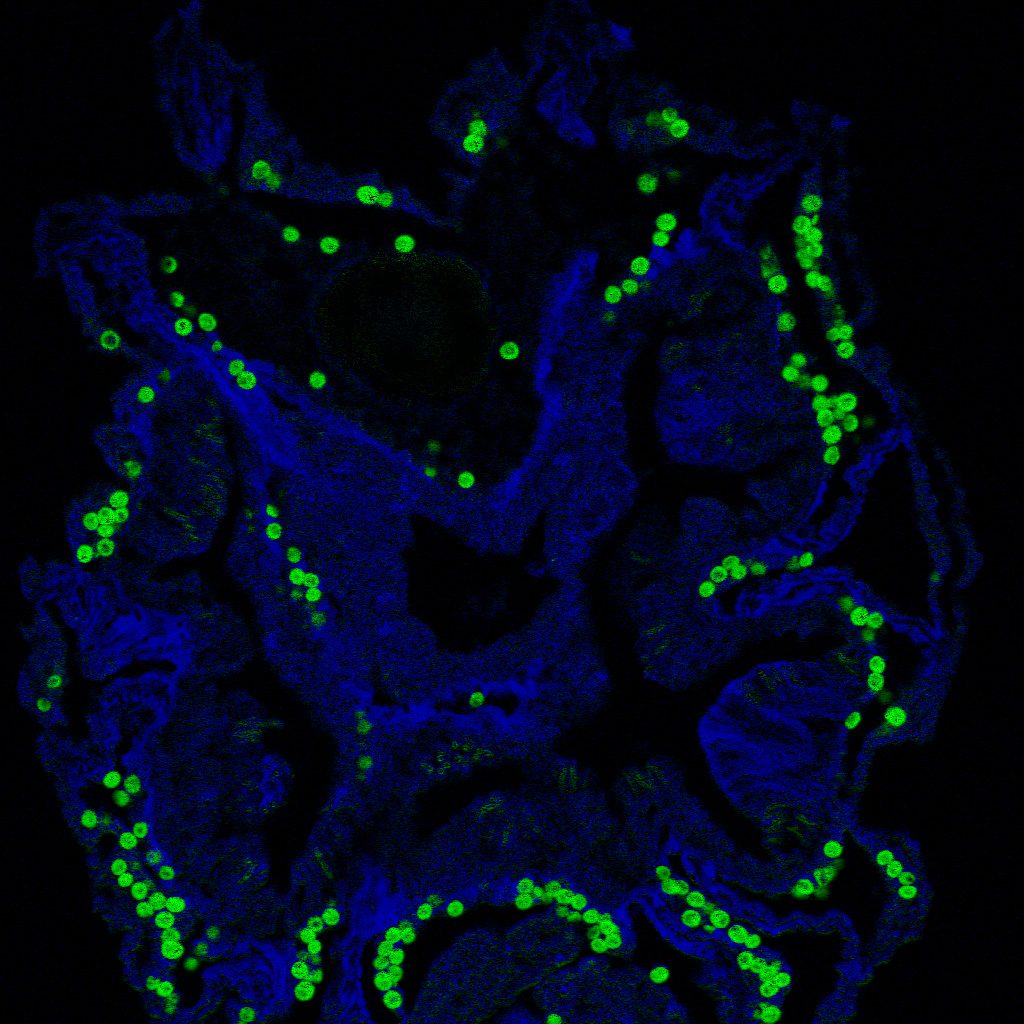
If you haven’t heard of Symbiodinium then don’t worry, not a lot of people have. You can think of Symbiodinium as the heart of your corals, scientists have compiled the world’s first detailed gene expression library for Symbiodinium, the microscopic algae that feed the corals. “Symbiodinium uses sunlight to convert CO2 into carbohydrates for the corals to feed on. At the same time there’s evidence the corals control its output, suggesting that they are farming their captive plants†Professor David Yellowlees explains. Ever wonder why corals start to bleach and turn white? This is a sign that they are stressed by heat, light, increased CO2 levels and pollutants from land run-off.
Symbiodinium is part of a larger group of organisms called dinoflagellates, responsible for events like red tides and ciguatera poisoning. Together, the dinoflagellates process about one third of all CO2 entering the oceans – and are thus vital players in helping to remove CO2 from the atmosphere. Understanding how they function will help fill in one of the critical gaps in our understanding of climate change – how much CO2 the oceans can trap and how this will affect ultimate climate change.
The above photo shows Symbiodinium highlighted in green.



